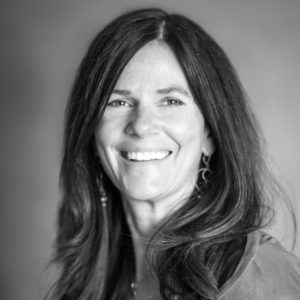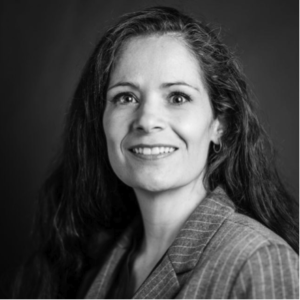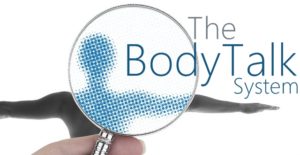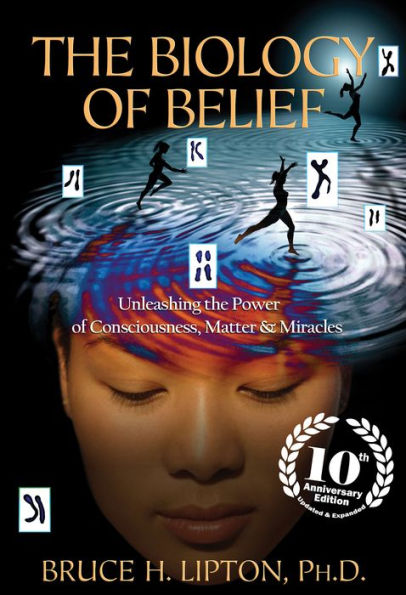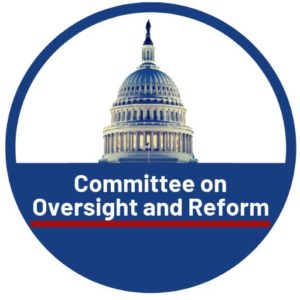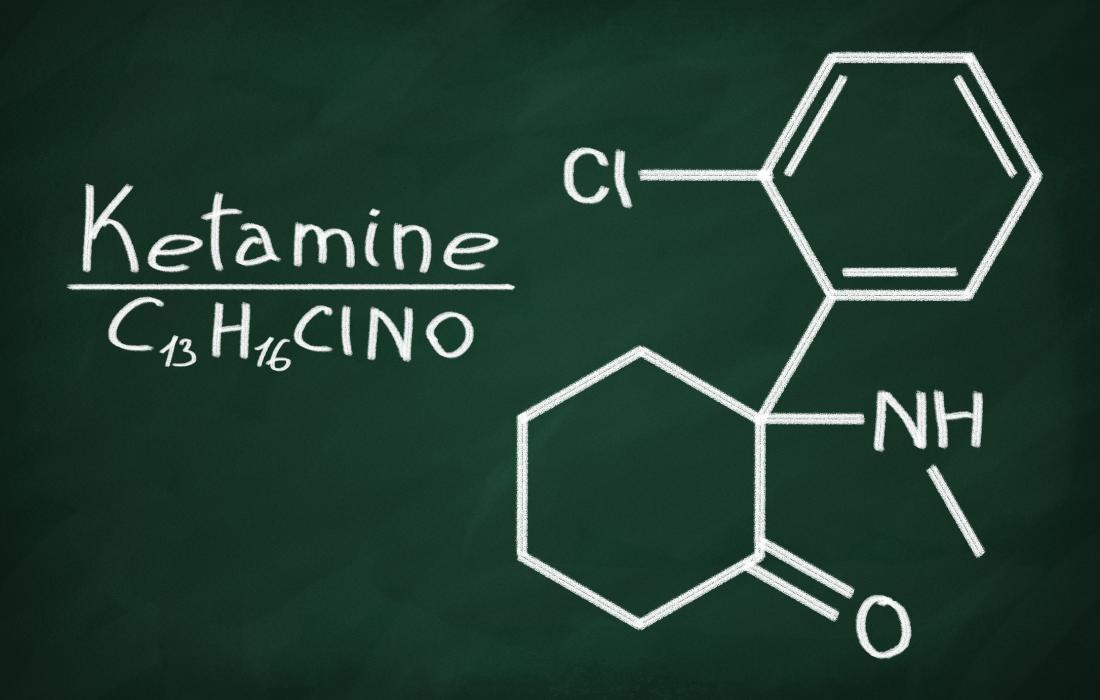Presenter: Samantha Leonard

Samantha Leonard is an accomplished author, researcher and storyteller who speaks on the topics of protecting communities, empowering survivors and learning to use empathy as a tool to heal. As a survivor of sexual abuse, Samantha is passionate about addressing sexual assault and the power of connecting with survivors and communities. She is especially knowledgeable on the topic of childhood grooming and how charm and compassion are used to hide crimes and shame survivors into silence. Through the power of narrative, her book, Groomed: Shining a Light on the Unheard Narrative of Childhood Sexual Abuse, is a live testimonial to life after abuse and provides hope for those that feel alone.
Ms. Leonard is currently a Master’s of Social Work student, committed to helping survivors find their voice and play a part in changing the culture around sexual violence by educating and inspiring communities. Samantha spent 4 years serving on her college Sexual Offense Support Crisis Hotline listening and validating survivors’ experiences. Her dream is to spend her life connecting with others and to make the world a more loving placethrough social work writing, speaking and relationships. To connect with Samantha, contact her at samanthaleonard515@gmail.
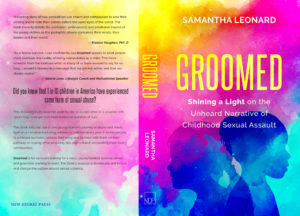
Presentation Topic: Shining a Light on the Unheard Narrative of Childhood Sexual Assault
Samantha presents on the stages of the grooming process and how it is used to manipulate children and communities at large. She covers common red flags in grooming relationships and encourages communities to listen to children and have a healthy curiosity about people in their children’s’ lives. Her goal is to equip parents and community members with the skills to start age-appropriate conversations with children on sex, consent, and the human body and learn how to respond when a child discloses sexual assault.
Shining a Light on the Unheard Narrative of Childhood Sexual Assault
Presenter: Samantha LeonardSamantha Leonard is an accomplished author, researcher and storyteller who speaks on the topics of protecting communities, empowering survivors and learning to use empathy as a tool to heal. As a survivor of sexual abuse, Samantha is passionate about addressing sexual assault and the power of connecting with survivors and communities. She is especially knowledgeable on the topic of childhood grooming and how charm and compassion are used to hide crimes and shame survivors into silence. Through the power of narrative, her book, Groomed: Shining a Light on the Unheard Narrative of Childhood Sexual Abuse, is a live testimonial to life after abuse and provides hope for those that feel alone.Ms. Leonard is currently a Master’s of Social Work student, committed to helping survivors find their voice and play a part in changing the culture around sexual violence by educating and inspiring communities. Samantha spent 4 years serving on her college Sexual Offense Support Crisis Hotline listening and validating survivors’ experiences. Her dream is to spend her life connecting with others and to make the world a more loving place through social work writing, speaking and relationships. To connect with Samantha, contact her at samanthaleonard515@gmail.com.Presentation Topic: Shining a Light on the Unheard Narrative of Childhood Sexual Assault Samantha will be speaking on the stages of the grooming process and how it is used to manipulate children and communities at large. She will cover common red flags in grooming relationships and encourage communities to listen to children and have a healthy curiosity about people in their children's' lives. Her goal is to equip parents and community members with the skills to start age-appropriate conversations with children on sex, consent, and the human body and learn how to respond when a child discloses sexual assault.
Posted by Trauma Informed Care Network – TICN on Thursday, January 30, 2020

